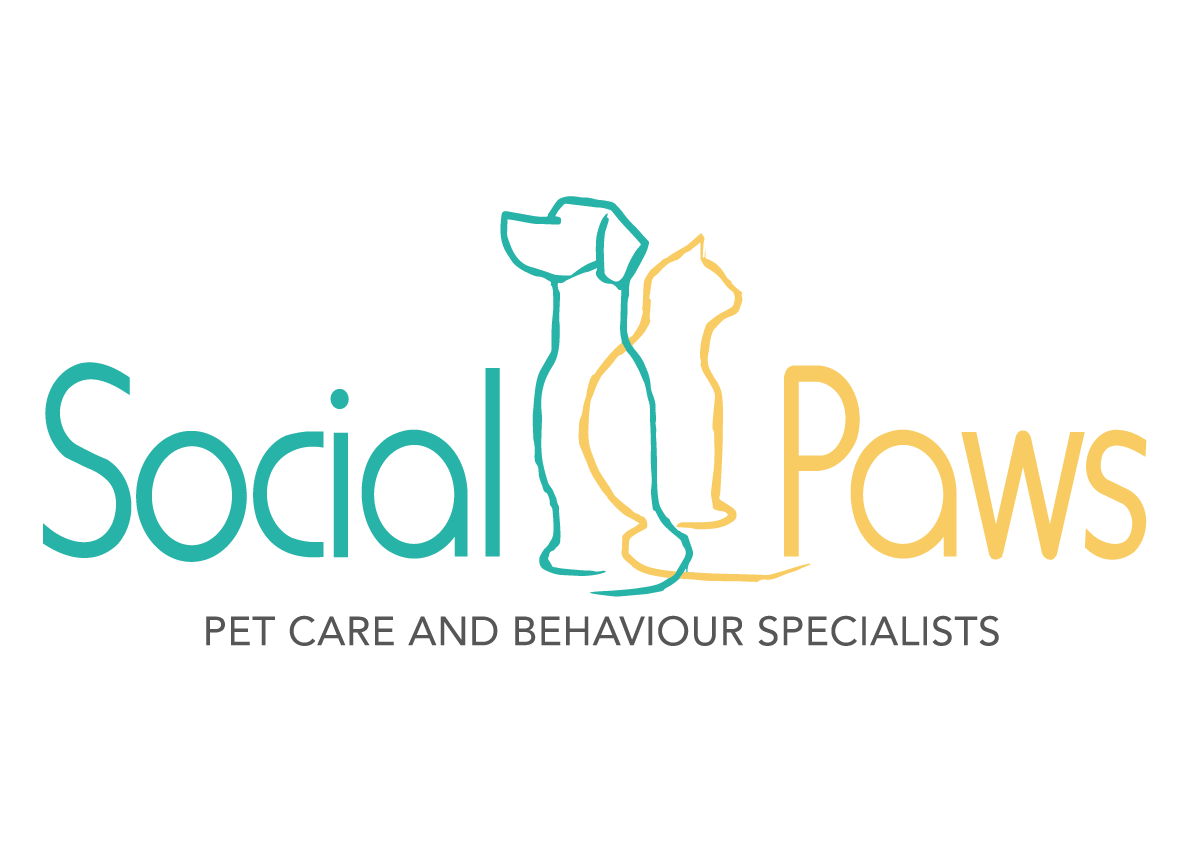Introduction
I frequently get asked how to train a successful recall in dogs. This is no wonder, as It’s one of the most important skills to teach your dog, especially if you are going to be letting it off lead. It’s important to set your dog up for success – so start small with focus exercises, building up gradually, adding distractions. In this blog I will go through some of the fundamental stages of how to train a succesful recall.
Recall training with Social Paws
Why teach a successful recall
If your dog doesn’t come when called it is not only a safety risk to your dog but other dogs or people nearby. Your dog may scare nervous dogs on lead or even jump up at passers by. If you can’t keep your dog under control off lead, I always advice not letting off until you’ve worked on the exercises below, are confident he/she will come when called, or if there are no other dogs in the field, distractions or people.

Start small
The trick to developing a good recall is by starting small and building up gradually – this means that you will have to start by teaching your dog what a recall cue is and some foundation exercises before you let him/her off the lead. The latter part will involve long lead training involving keeping your dog’s focus, with obedience exercises and lots of fun!
The recall cue
First you need to teach your dog a cue. This could be ‘come’, another word or his/her name combined with the cue. Many people use a whistle – I’d also suggest a whistle as it has no emotion and the same tone each time. You can teach the cue by throwing a ball or treat in a non-distracting environment and as your dog runs back to you pair the word you’d like to teach with a treat or praise for running back. You can then throw another treat or toy again. Practice this around 20-30 times as many times as you can fit into your day. Remember keep the training sessions short and if your dog is losing focus, take a break.
Foundation exercises
Practice getting your dog to focus on you. This can be done in a non-distracting environment on a long lead. Start by giving your dog a treat every time he or she looks at you. This is called ‘check ins’. Then start to add the words ‘look at me’. Remember to teward everytime your dog looks at you to reinforce the behaviour. You are now asking for a behaviour. If your dog can’t look at you or focus on you then how will you ever expect it to come when called? Later start to add more distractions – again if your dog won’t look at you with distractions you’ve gone too quick. Go back to practicing with less distractions.

Long lead exercises
To set your dog up for success always practice recall on a long lead. The length varies on how far a distance you’d like your dog to be. Start adding more distractions and remember lots of praise and rewards when your dog comes back.
Obedience training
Once your dog is coming back to you it’s important to remember that a good recall involves good obedience skills. This can help prevent your dog from running up to another dog or easily knocking a person over. Again using a long lead, practice basic commands such as ‘with me’ ‘wait’ ‘leave’ then build up the distractions gradually.
Fun!
Many dogs don’t come back as there is no reward and no fun. If you make it a game where the biggest prize is your praise and lots of fun the dog will love coming back! Some simple tips include running away, playing hide and seek and vocalisation – creating excitement with your voice.
Problematic associations
We don’t want your dog to see that lead on means the fun is over, so when walking take the lead on and off randomly and always reward when putting it back on.
Still having problems
If you are still having problems go back to the foundation exercises and ensure that the reward you are giving your dog is good enough. Find out what makes your dog tick! Always keep it fun and ensure your dog is not too excited or restless before any training. Only let your dog off if you can guarantee he or she will come back or if there are no other distractions around in the initial training stages. Every dog has its threshold work with it – that could be that your dog will only come back when another dog is twenty metres away so start with twenty metres and build up gradually.
Conclusion
A successful recall can take time, patience and perseverance. It’s important that your dog knows the basic foundation exercises if you wish to set him or her up for success. Remember keep training sessions short, keep a diary of your dog’s progress and ensure that your dog is motivated to come back when called. Always ensure that you are the most exciting thing in the field and reinforce this by keeping treats or toys on you at all times.
Further advice
Are you still having problems? Don’t worry help is only a click away. I offer one-to-one dog training in Cheltenham and Gloucestershire.
Get in touch today: helen@socialpawscheltenham.co.uk
Find out more about my training sessions here: www.socialpawscheltenham.co.uk/services/dog-training-and-pet-behaviour/dog-training/


Recent Comments